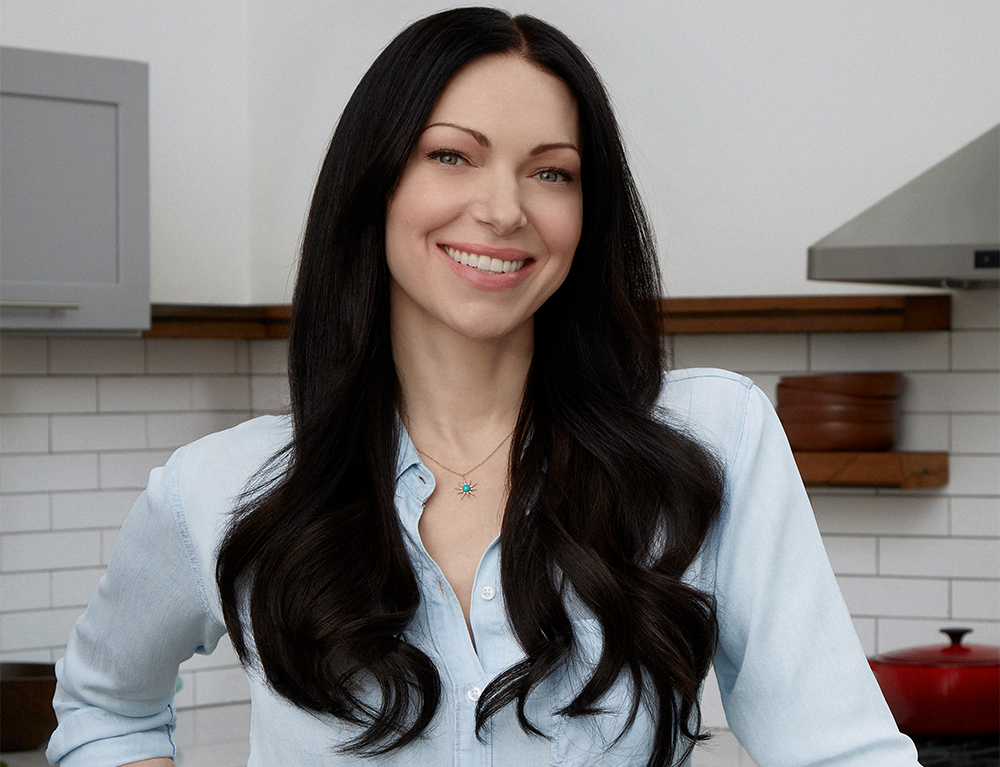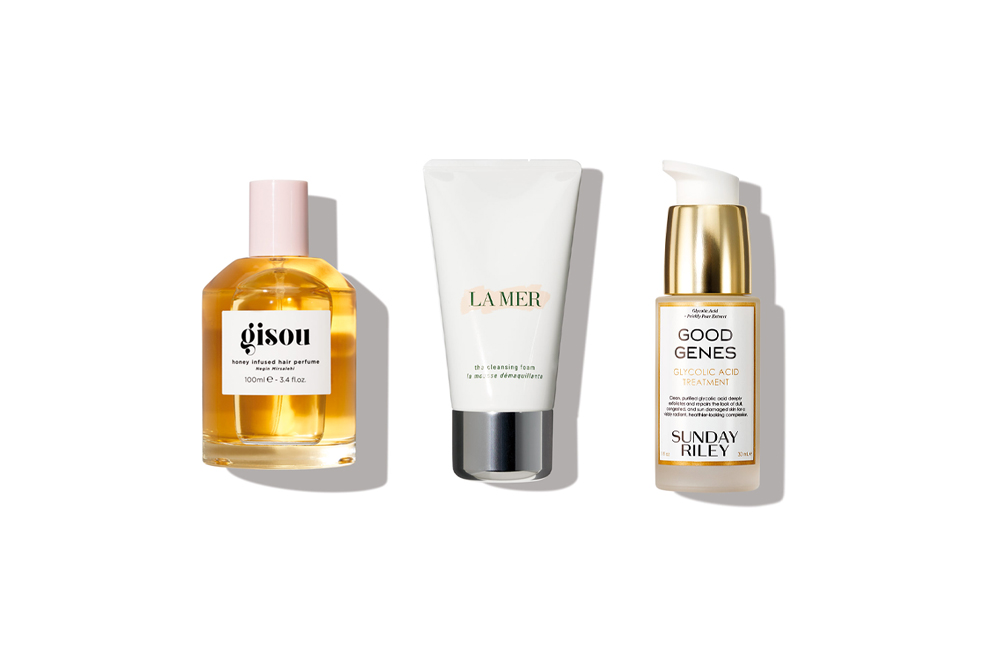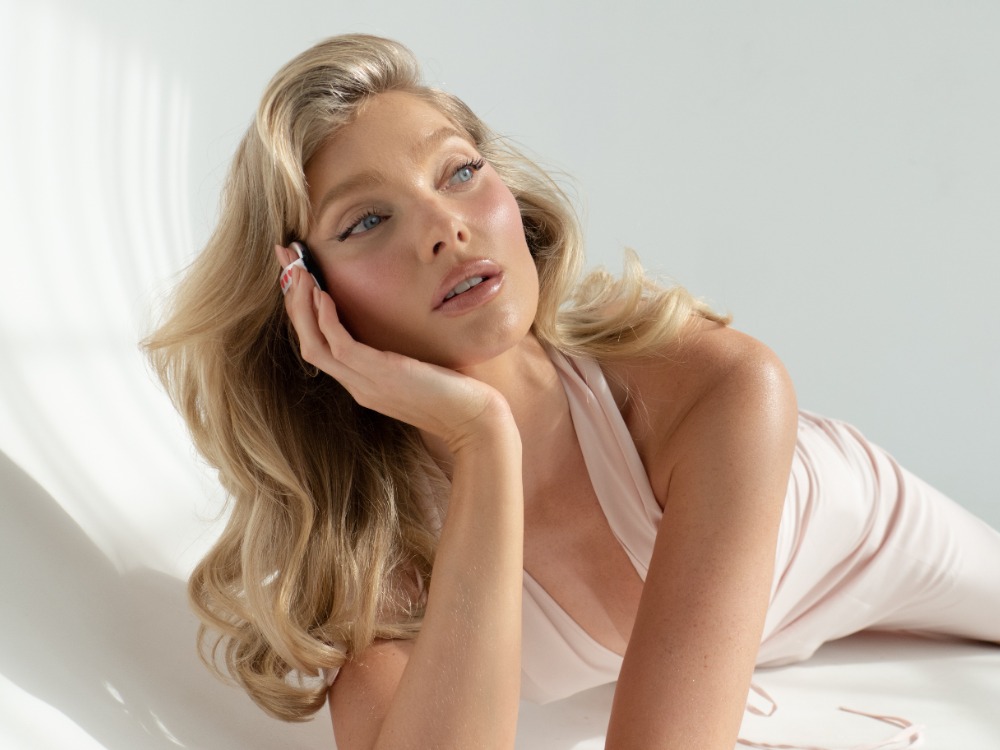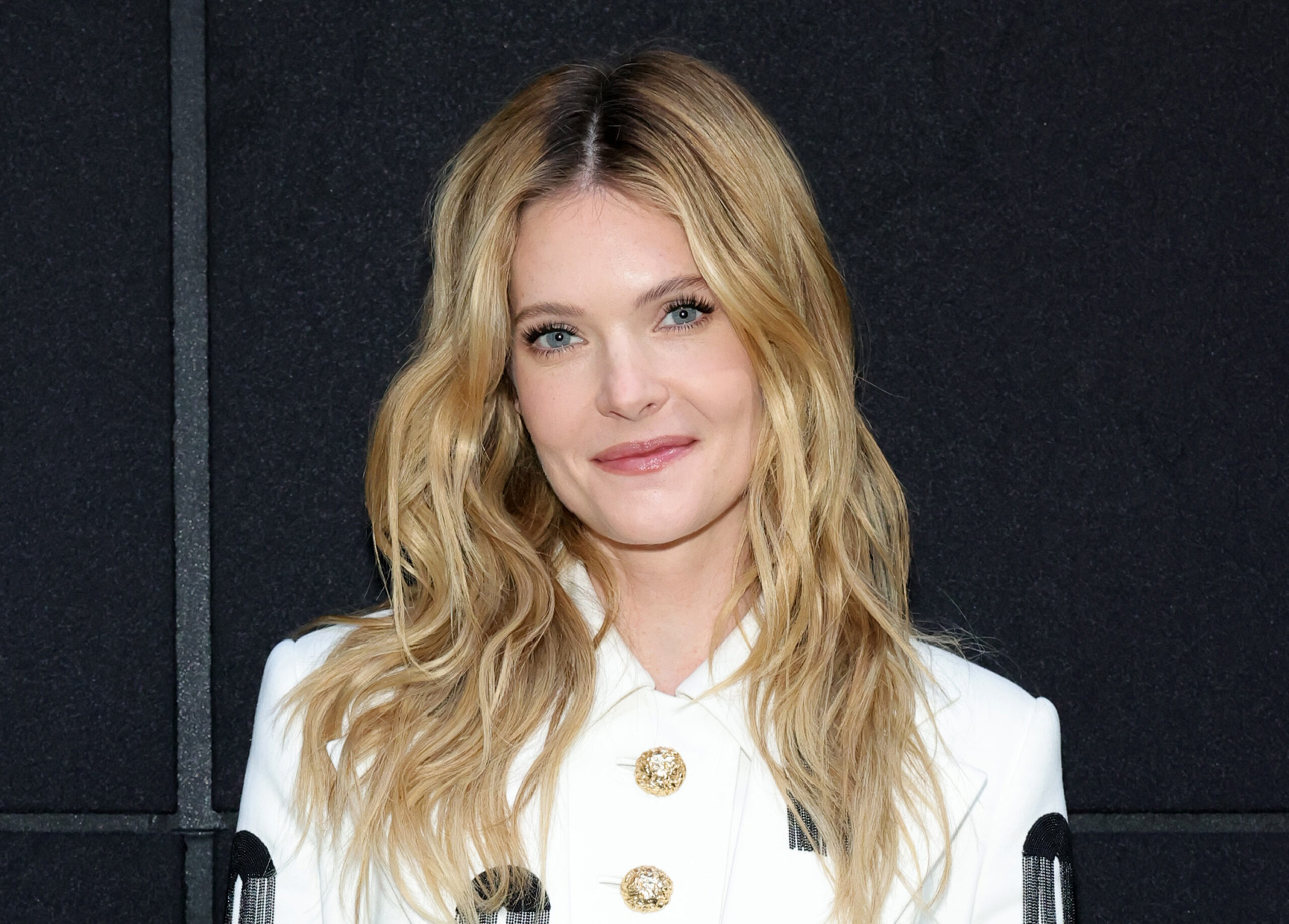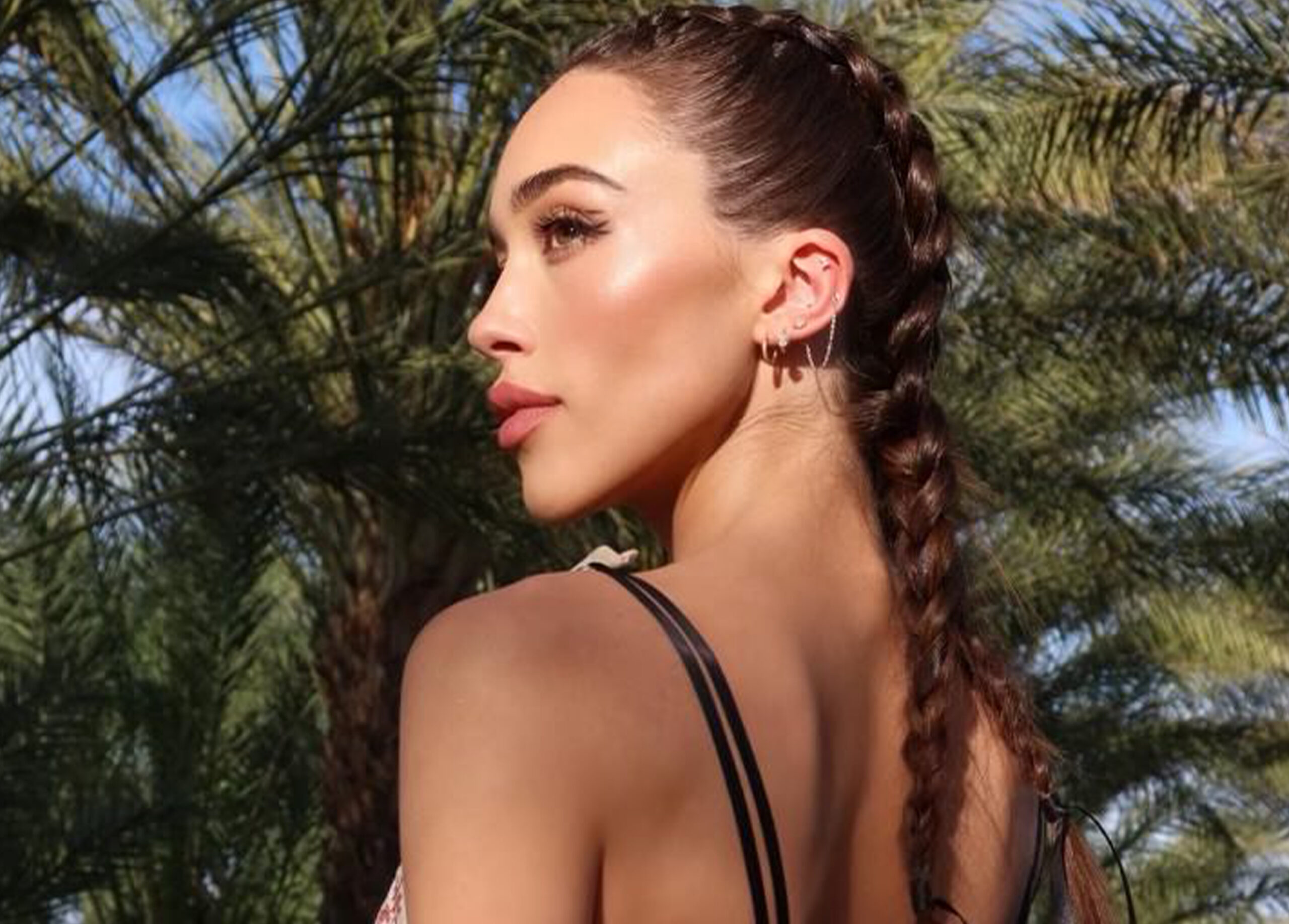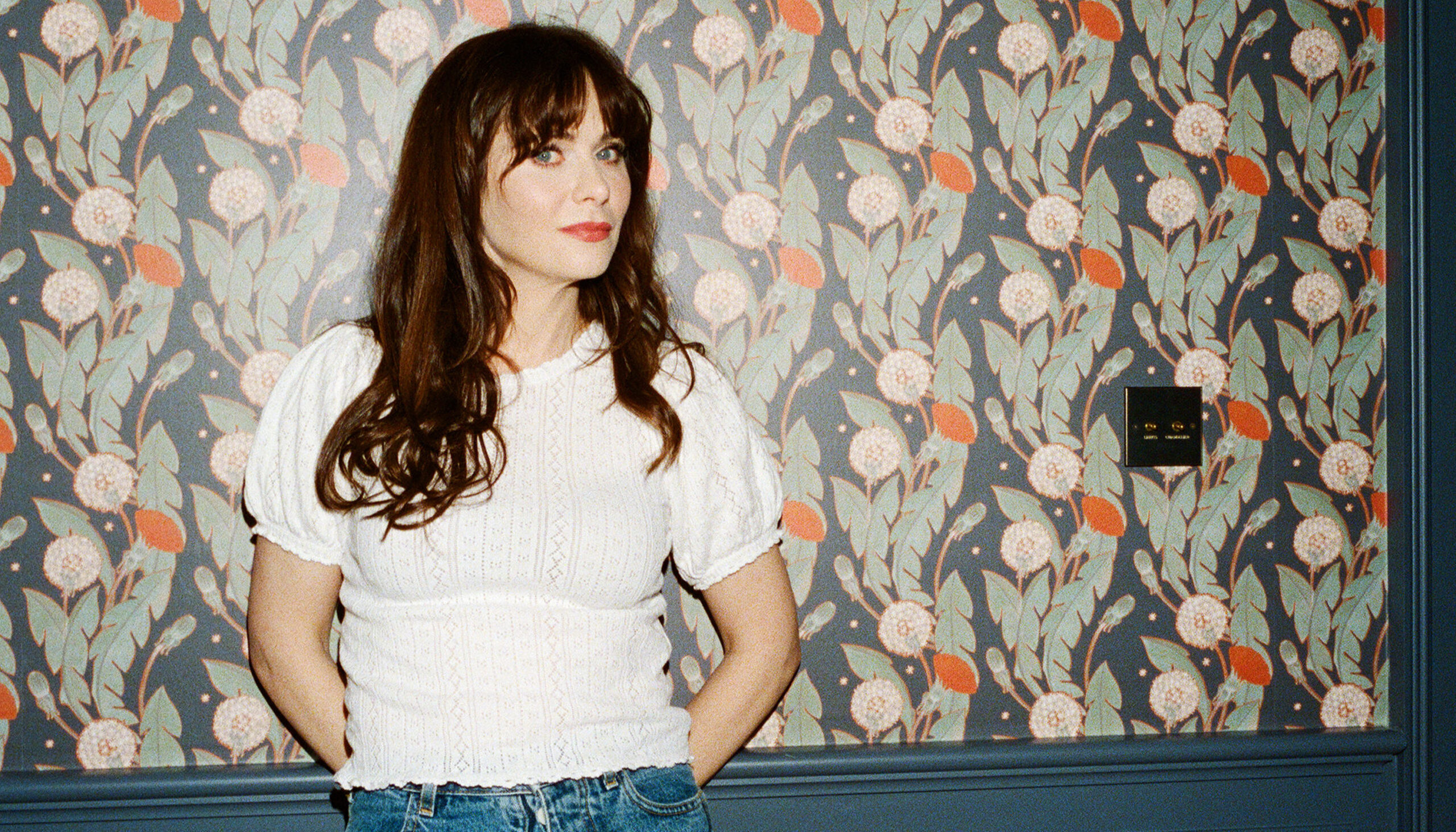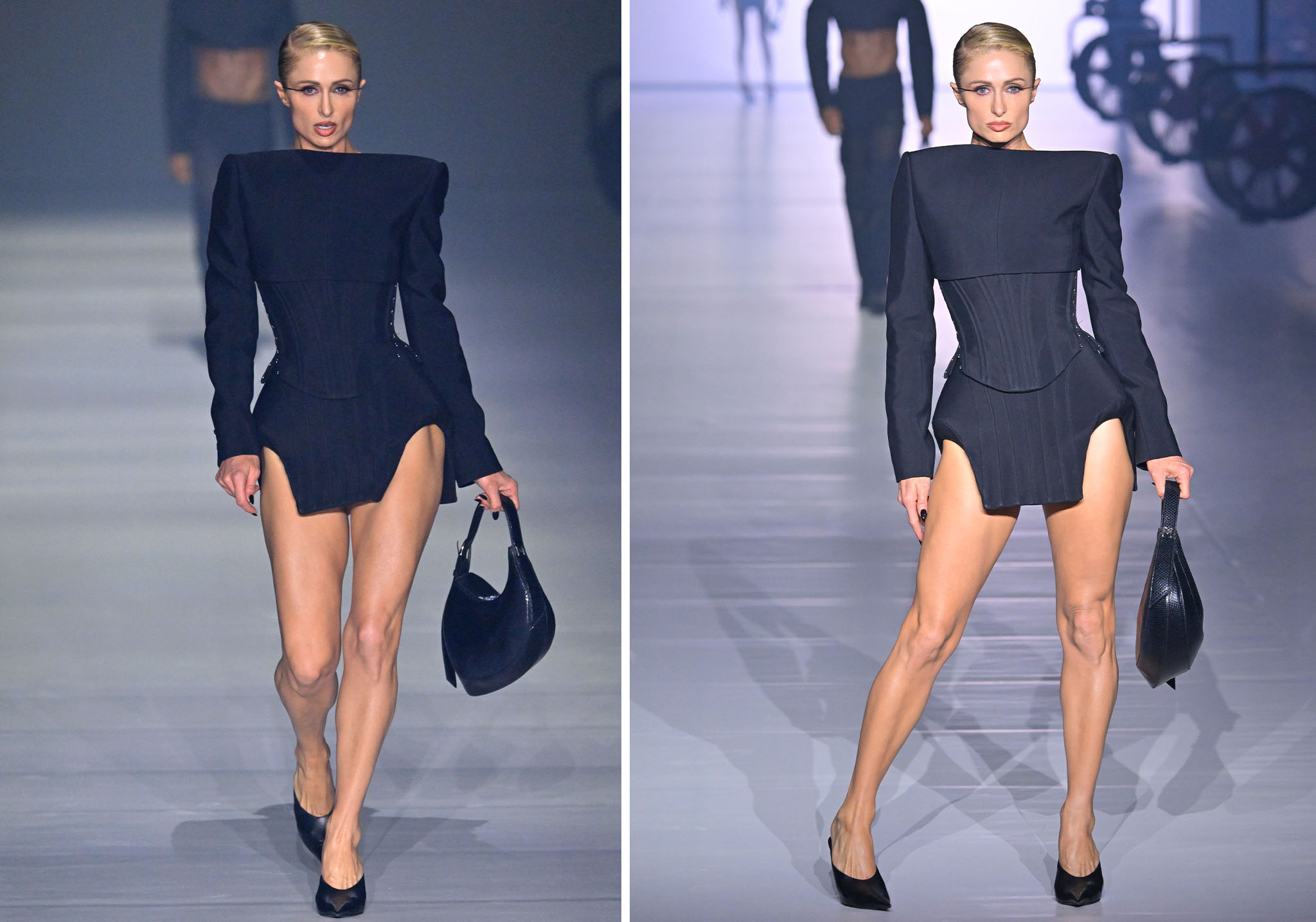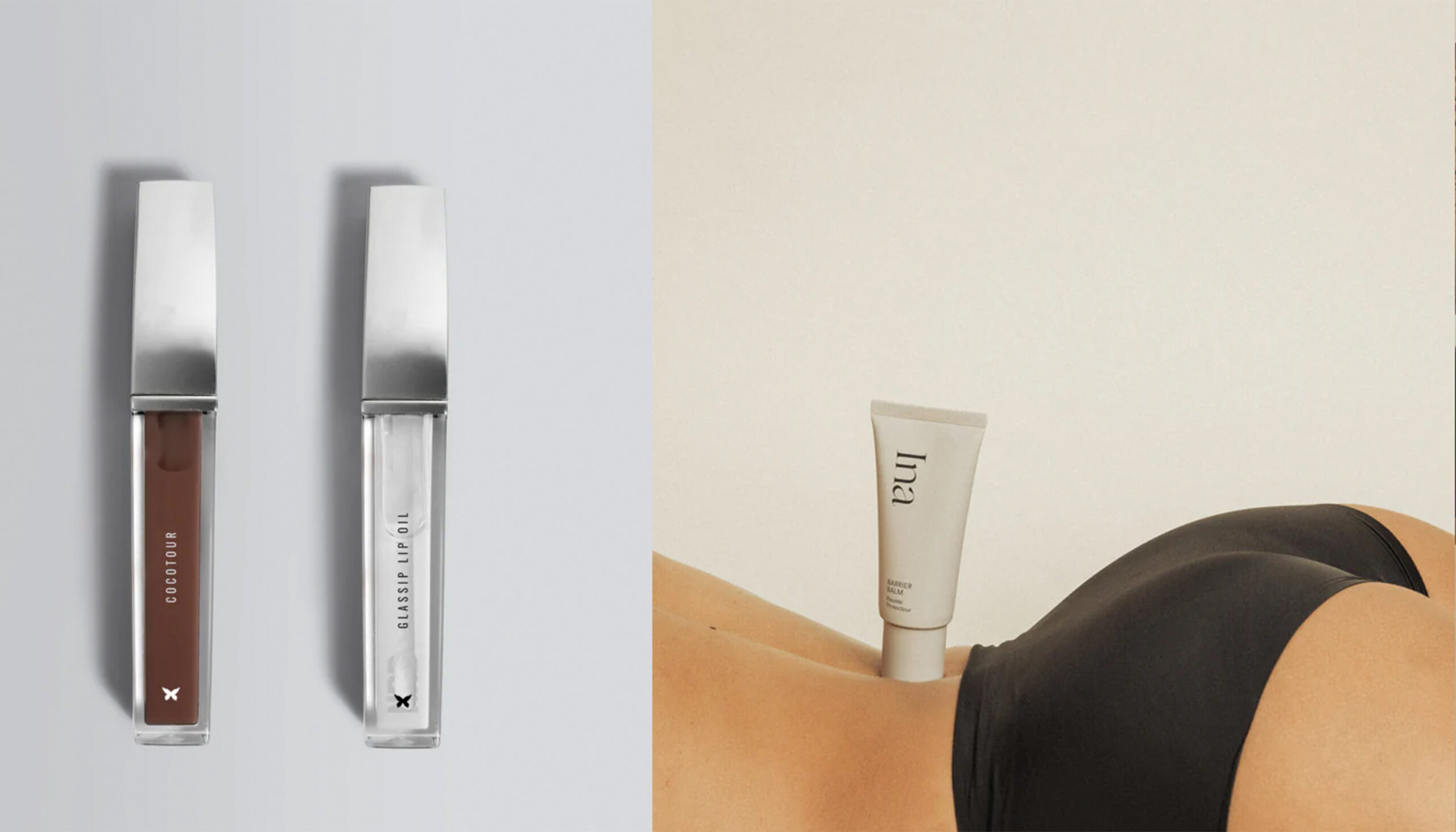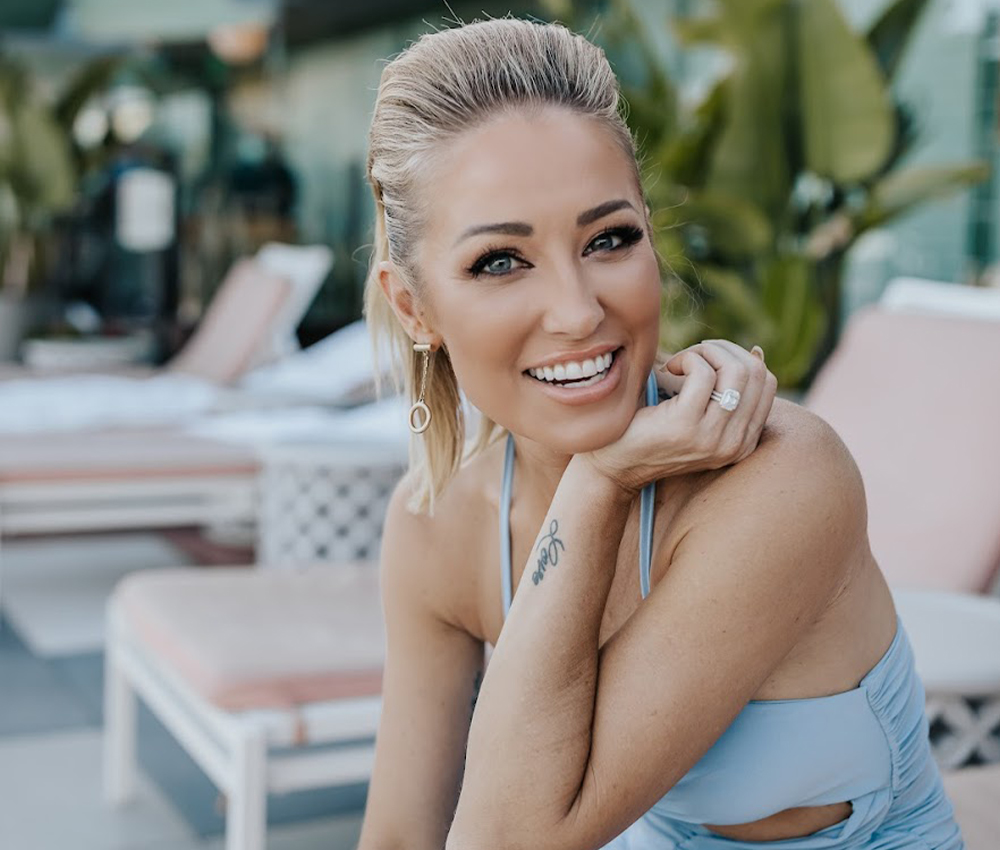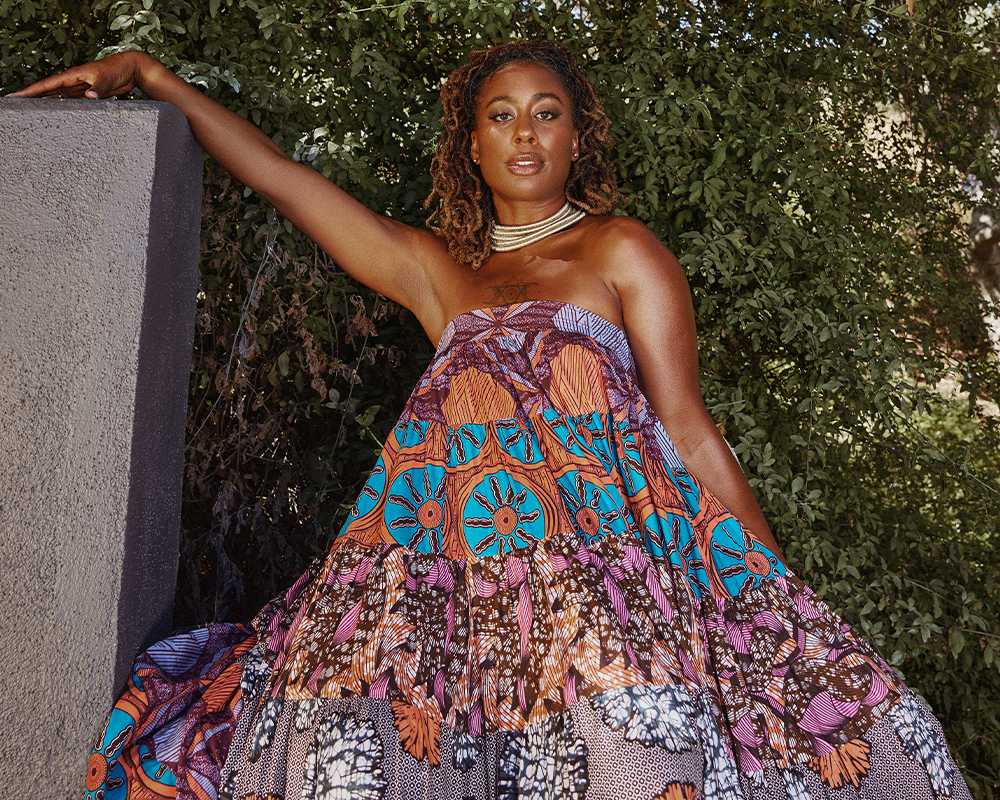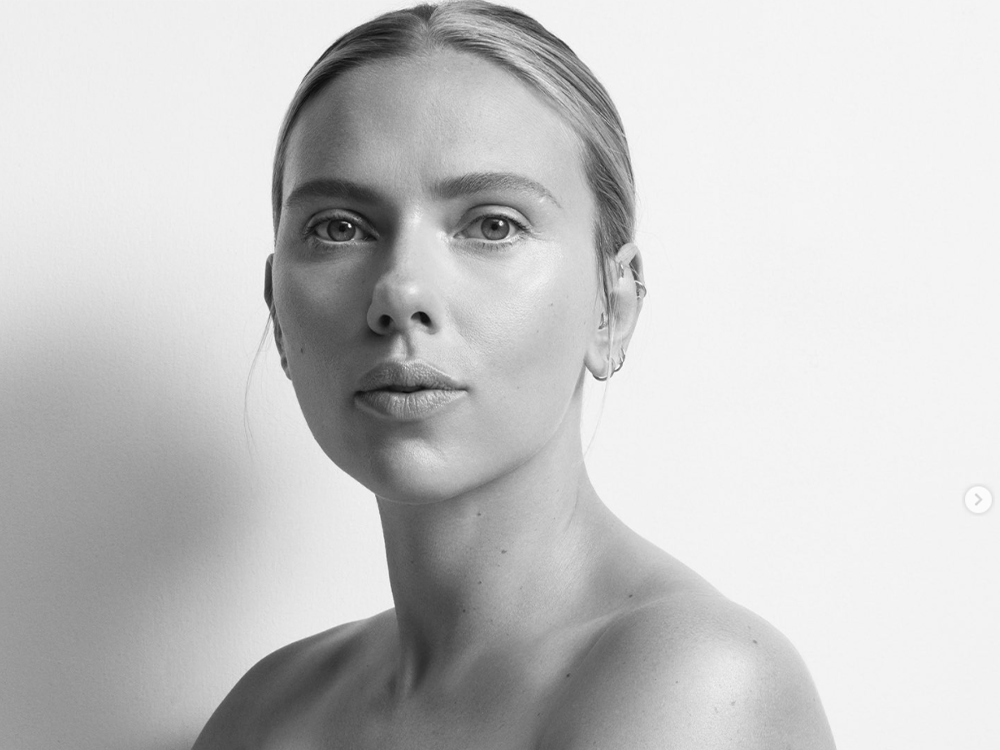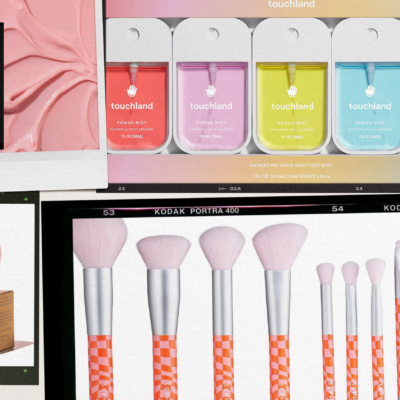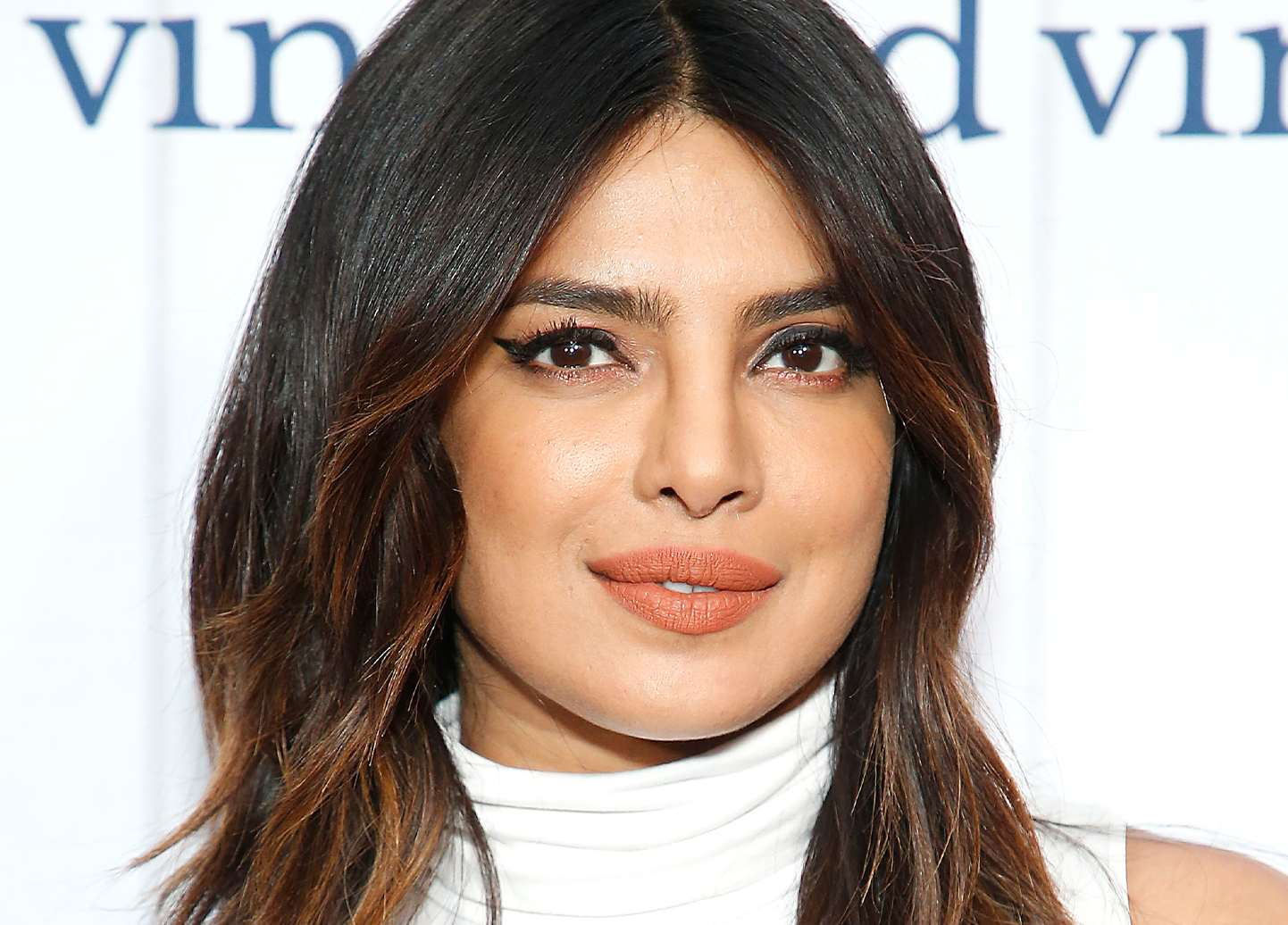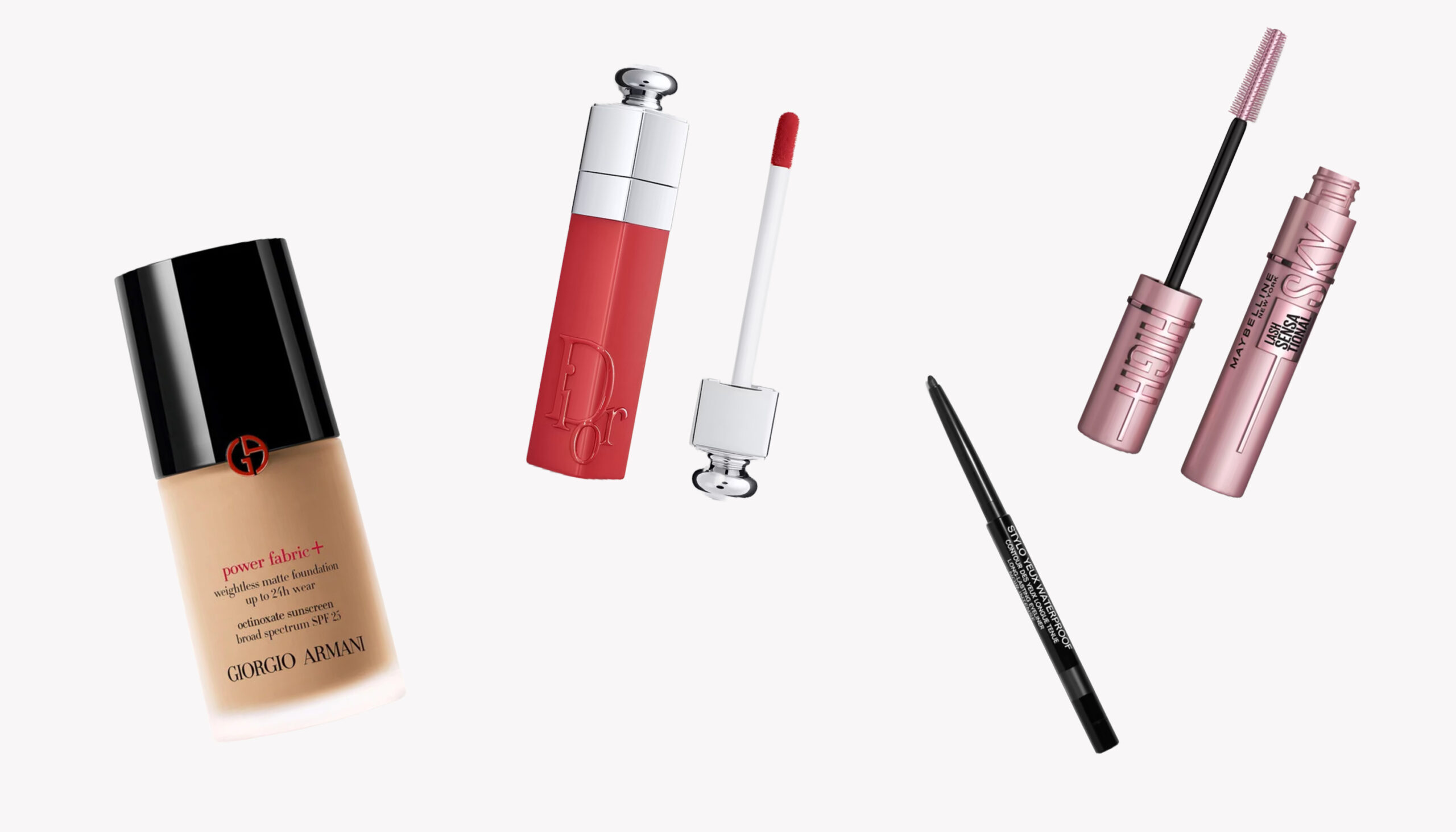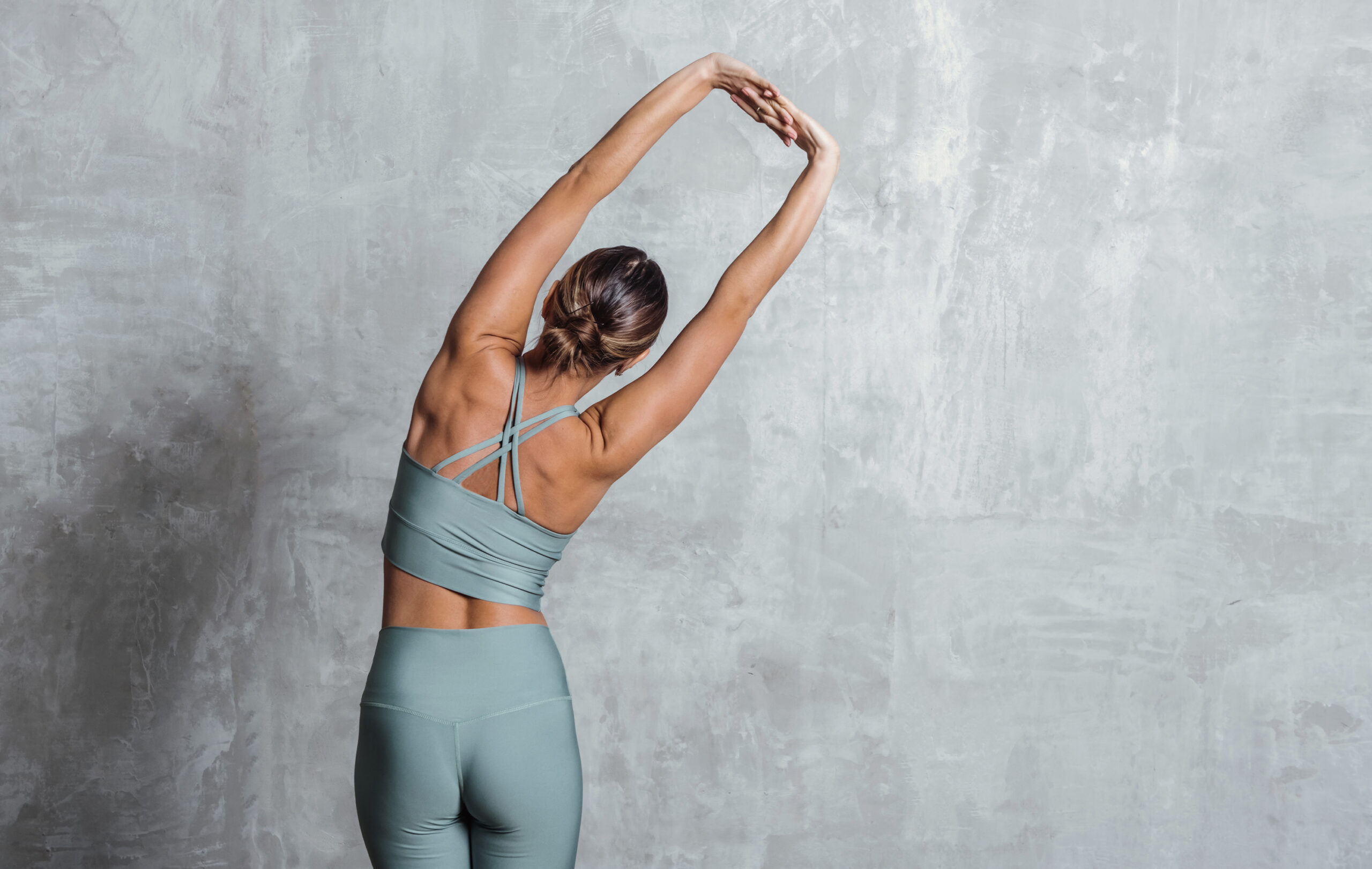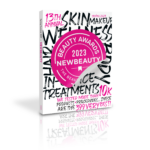She may be known for her roles as Donna Pinciotti in That ’70s Show and Alex Vause on Orange Is the New Black, but New York Times best-selling author Laura Prepon is also in the business of developing solutions for things she can’t find. The 41-year-old recently sat down with us to chat about her latest “a-ha” idea: A new line of cookware called PrepOn Kitchen, available May 7 on HSN.
How did the line come about?
“I’ve been dreaming of a culinary line for years. I’ve been cooking since I was a kid, and I love cooking for my friends and my family. It’s one of my favorite things to do. The idea for the line really came from me running into things in the kitchen that I needed solutions for and not being able to find them. At a certain point, I said to myself, ‘I’m just going to make this,’ and that’s how it came to be. I had a bunch of ideas, concepts, sketches of designs and all these things, I pitched it to HSN and they loved it. I’m so thrilled about this partnership. I’ve been really, really excited for this to come out.”
The colors are gorgeous.
“Thank you. I love green. There’s green, red and blue, but green is the core color. My entire kitchen is green. Green is so happy-making. I love it.”
What was the hardest part about getting it from A to Z?
“It’s been a steep learning curve because I’ve never done a product line before like this. It’s somewhat similar to directing. You sort of get a visual image in your head, and then you try to get that through the camera and onto the screen—with the help of a lot of people and departments and all these wonderful actors and everyone. But how do you get it from your mind to the screen that people are going to see? It’s very similar.
So, I have this product in my head, and I have these sketches and things like that, but then it’s about facilitating that and bringing it into fruition. I’m so proud of the products and how they came out. It’s awesome. There are also times you try what’s in your head and you’re like, ‘Oh, that didn’t work the way that I wanted it to,’ but that’s always a blessing because then it turns into something even better, I found. I think that’s probably the biggest struggle: How do you get it from a picture, a dream that you have into reality? It’s the hardest thing, but, usually, it evolves into something even better.
That’s our life, though. We’re basically in the business of ideas. How do we make that idea become a reality? It’s an interesting thing, but it’s also the best, or else we wouldn’t do what we’re doing. Right?”

Right. It’s a good feeling when something you’ve been thinking about for so long is finally done and you can see it.
“Oh, my God, yes. For sure.”
You talk a lot about your experiences, you’ve even written two books. What made you sit down and do that?
“My first book, The Stash Plan, came out in 2016 and it was a cookbook. I’m super blessed that it became a New York Times bestseller. It was wonderful. The crux of it was, cooking a meal, and then re-imagining those meals into different meals for three days after. That how I was able to heal myself from a bunch of different ailments and health struggles I was dealing with. I healed through food and I shared that whole journey and my way of eating in that book. It was great.
I wrote the book because I wanted to share my health journey with people. I’m really fortunate to have the career that I have and to be able to play these incredible women that I’ve been able to portray, from Donna Pinciotti [That ’70s Show] to Alex Vause on Orange Is the New Black. A big part of that is I also want to be able to help in some way. Not only do people relate to these characters, which is wonderful, but I was dealing with these different kinds of health issues and I found a way that really helped me, my healing through food. I wanted to share that in case it could help someone else who is struggling with the same things.
Similarly, when I became a mother, I was totally blindsided. I had postpartum anxiety, which I had never even heard of until I did a deep-dive for my book. I didn’t know what was going on. I didn’t feel like myself. When I became a mother, I often say that it’s like I woke up. In that same sense, it was also like I had to completely relearn who I was again because it’s just a massive transformation. I kept saying, ‘I can’t be the only one struggling with this. I can’t be the only one who’s trying to figure out how to live their life while being a new parent.’ I couldn’t find something that spoke to me. I couldn’t find a voice out there that I could relate to that was already in the form of a book because that’s where I go to—I go to books for research, for comfort, for information. I love going to books and I couldn’t find one.
That’s why I decided to write You and I, as Mothers. I wanted to help other people that were going through what I was going through that maybe couldn’t find the information. I touched on relationships, I touched on health, I touched on hormones, I had a recipe chapter. I touched on all of these topics that I felt that we’re all dealing with. That’s where these things come from. It’s like me, personally, needing a solution and then realizing there’s got to be other people who would benefit from this. That’s always my drive, it’s wanting to share something that could potentially help someone else.”
Both dealt with wellness and self-care a bit. The past year, as everything has changed, has the way you view self-care changed?
“My self-care transformed after becoming a mother—everything shifts. My son was born last February, a month before the pandemic really went into lockdown. I was a mother of two for the first time while we’re in a pandemic, which was a totally other wild experience. Self-care for me, now, is just being smart with slivers of time. [laughs] That is really my solution these days.
With having two young children under the age of four and working from home, what I try to do is to find moments of self-care in 10-minute increments. Sometimes I get two 10-minute increments in a row and I have 40 minutes. During the day, if I can, I’ll close my eyes for 10 minutes and just not try not to think about work or if I do that’s okay, not be so hard on myself. At least I’m sitting down with my eyes closed, just being chill.
Yesterday in between meetings, I had 20 minutes and I was like, ‘I’m going to hop on my spin bike.’ I have a spin bike that I keep in my office. I hopped on my spin bike and I blasted music in my headphones. I turn all the lights off and I create my own little mini SoulCycle. I turned all the lights off in my office, I blasted music and I spun for 20 minutes. I was like, ‘I don’t care if in my next meeting I’m dripping sweat, I’ll put a hat on. It’s more important for my mental landscape today to be able to spin for 20 minutes.’ I made that decision of taking that time for myself. It’s just going for a pump so that I’m better for the rest of the day.
Sometimes if I have a little sliver of time in the middle of the day, I like to sit and daydream. Daydreaming is something that I don’t think people put enough emphasis on. It’s really important. I’ll just go for a quick walk to think or just relax and daydream. Even with my daughter, she’s outgrown naps, so we do things called imaginary time where she has an hour during the day where she can do whatever she wants. She can play. She can read books. She can lie down in her bed and just imagine and daydream. We literally call it her imaginary time because I feel like the world right now is so stimulus-based. We have all of this social media on our phones. I get it. It keeps us connected, and a lot of people work with social media. I know how important social media is in certain regards. There’s also just with emails, and news, and all this stuff, constantly stimulating us. It’s really easy to forget to just land down and just daydream for a minute when it’s so easy to pick up your phone and scroll.
We really try to enforce that in our house—our kids aren’t allowed to look at phones, and sitting and being with your own thoughts is something that’s really important to us. Or, I’ll try to meditate for a few minutes. My husband [Ben Foster] and I like to meditate together. I find that most people I look up to, people that I think have really wonderful careers and have really done good stuff, a lot of them meditate. I always feel better when I do that. That’s something I try to do as well.
Again, it’s just about not being hard on yourself even if you have 10 minutes, and whatever that is for you. Sometimes I’ll just close my eyes and just try not to not even try not to think. The whole point is to try not to think. If you think about whatever, ‘Something I burned for breakfast,’ or something that you’re like, ‘Oh, man, what did I do? How did I do that? I can’t believe I did that,’ then fine. For 10 minutes I’m going to think, ‘I can’t believe I burned that blah, blah, blah, whatever it was.’ Another thing about the pandemic with self-care is I’m really trying not to be so hard on myself.”

That’s good.
“I’m very, very hard on myself. I’m really trying not to be. That’s something that this year’s really forced me to do. It’s just to be like, ‘I can’t be so hard on myself,’ because this year has tested everybody. No matter where you’re at in your life, this year has tested you. I’ve had to learn not be so hard on myself. I think that’s my biggest nugget of self-care this year.”
You’ve had two really iconic roles, and they have very specific beauty looks. Do you have any secrets you can share from behind the scenes?
“Donna was such a tomboy, very little makeup and everything. The clothes really helped me get into Donna. Also, Donna was so close to who I am, which is why I feel like I was such a good fit because she was my first acting job—my first real big acting job I ever got, when I was 18 years old. I feel like it was such a great cast because we were also similar to our characters.
I don’t want to speak for everybody else. For me, it was great for me to learn the industry while being that character because I could really grow and evolve with Donna because I was so green when I got that. I didn’t know what I was doing. It was great that she and I were very similar, and the clothes would help a lot.
I love Alex. I miss Alex. With Alex, one of the main things was, in terms of the look itself, was the eyes. As soon as we got that eyeliner on and put the glasses on, that really helped with the character. The thing about the cat eye, a little tip for your readers, is a lot of people make this mistake. This is when you do the cat eye, they follow their eye all the way down to the outside corner. The problem is when you do that it brings your eye down—the trick is to cheat the wing up, make the angles start before you get down.”
Did they always have one go-to eyeliner?
“Yes. Stila has a good, black eyeliner pencil, the liquid liner pencil. Stila is really good. The other trick too, with keeping it going up, Shu Uemura is the best eye lash curler ever made, and then you can buy these cheap little corner curlers on Amazon or whatever. They’re half an inch wide and the little corner crimpers. For the Alex look, first you do the eyeliner. You cheat it up. You don’t follow your natural line, you just cheat it up a little bit, to bring your eye up. Then you curl your lashes and do the corner crimper, because you have to make sure that your lash is all the way out on the outside, or going up as well. You get these little corner curlers.
The trick is, you use cheap mascara. I buy them in bulk. Literally, I buy these things in bulk, considering it’s a cheaper mascara, it’s not some fancy designer mascara because I find that the fancier mascaras are really wet and they weigh your lashes down. I like cheap, waterproof mascara because it tends to be drier. You do all this work curling your lashes, you don’t want your heavy mascara to make your lashes then flop down again. My trick is curl cheap waterproof mascara, and your eyelashes stay up. That was always our little Alex Vause eye trick. That was a quintessential look for her. It gets hidden behind glasses, so you want to make sure your eyes pop behind glasses.”
